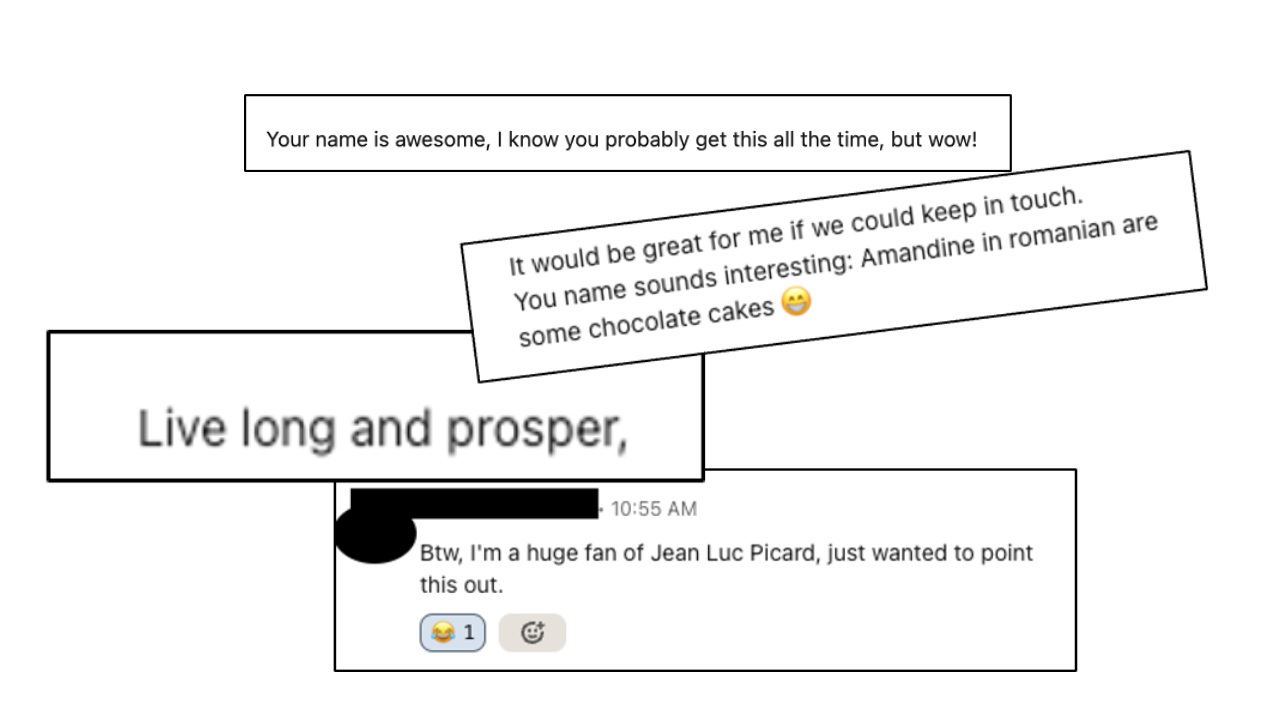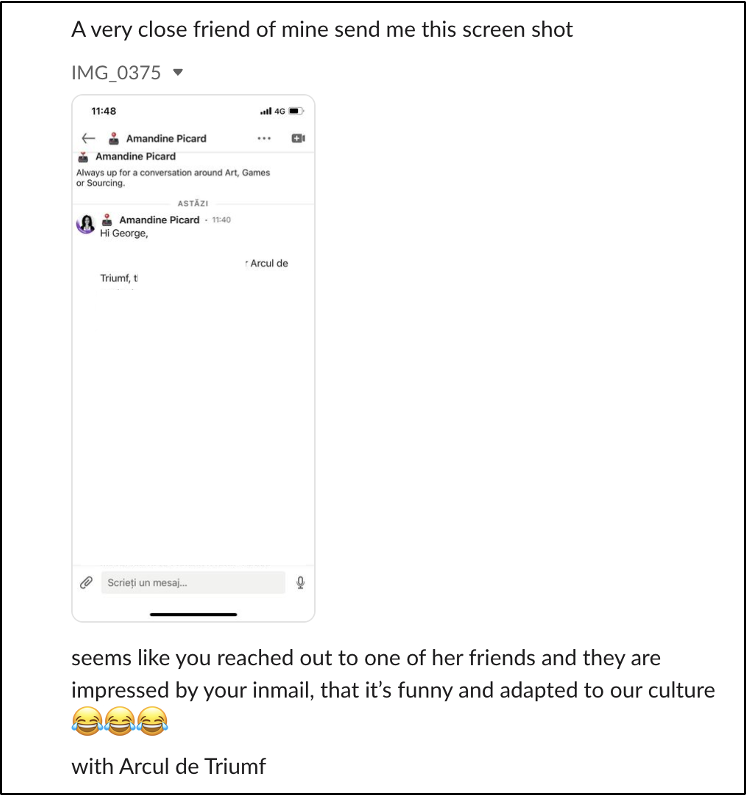As Talent Sourcers, we thrive on challenges, right? But have you ever had to source for a country where talents are hesitant to relocate, or where you know little about the market?
In 2021, when I first embarked on the journey of sourcing talent for a gaming studio in Bucharest, Romania, I was stepping into the unknown. Romania, a country rich in history and famous for its Dracula legend, was a new frontier for me.

I knew that to succeed, I needed to immerse myself in understanding the market and culture.
Understanding the Market & Culture
I began by researching Romania, delving into its economic landscape and tech industry. This foundational knowledge was crucial, providing me with insights into the local talent pool and the unique challenges I might face.
To refine my approach, I explored various resources, including insightful articles (like this article about “how to find a job in Romania”). Thanks to the sourcing community, I also found this great video from Josef “José” Kadlec.
Discoveries
I learned that Romania was a dynamic and competitive market. Thanks to a tax exemption policy for IT workers, the IT sector added more value than in any other EU country. Many tech companies and startups are based in Romania, seeking the same talent I would pursue.
The increasing trend of people working or willing to work with business-to-business (B2B) contracts added another challenge.
As I prepared to focus my sourcing efforts on Bucharest, where our gaming studio is located, I discovered another key consideration: traffic was—and still is—a major factor to keep in mind when approaching potential candidates. In fact, it’s widely recognized in Romania and backed by various reports that Bucharest consistently ranks among the most congested cities in the world.
Armed with these insights, I was able to develop a strategy fully aligned with the realities of the local environment.
Strategic Testing
Realising that LinkedIn Recruiter was the main tool used in Romania, I decided to innovate my search techniques. I conducted A/B tests across platforms like LinkedIn, Facebook, Instagram, and X (Twitter). I tried to find new ways to reach out to people, sourcing as much as possible to find emails for instance.
This experimentation revealed the nuances of each platform and allowed me to discover the most effective ways to reach potential candidates.
Adapting my communication style was equally important. I learned that authenticity resonated well with Romanian talent. Interestingly, my name, Amandine, turned out to be an unexpected icebreaker, as it shares its name with a popular cake in Romania.
Coupled with references to widely loved cultural icons like Star Trek, my outreach became more engaging and personable as my surname is Picard (🖖).

Ultimately, direct approaches via LinkedIn, without relying on InMail, and personalised emails emerged as the most successful strategies. The personal touch, beginning sometimes with a simple “Bună” (Hello in Romania) made all the difference, fostering genuine connections.

My conclusion
This experience taught me that it’s crucial to take the time to research before diving in headfirst (“foncée tête baissée” as we say in French) into sourcing.
Each country is unique, with its own culture and ways of functioning, making adaptability essential. With the right mix of research, and authenticity, it’s possible to overcome the challenges of sourcing in unfamiliar territories and successfully connect with talent worldwide.
…

